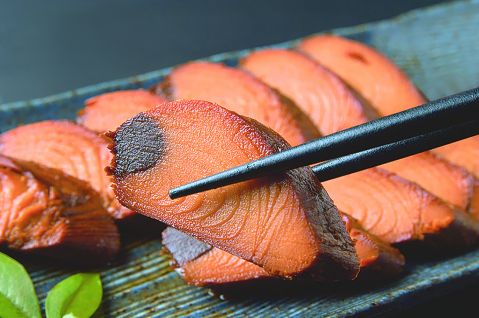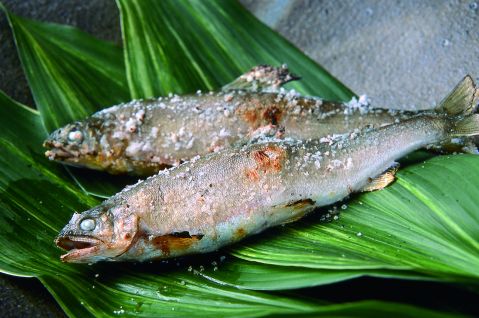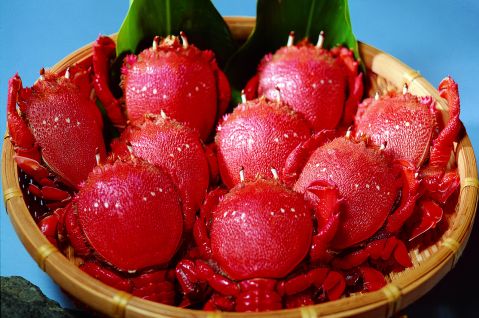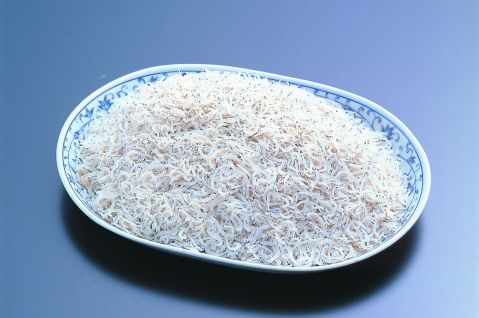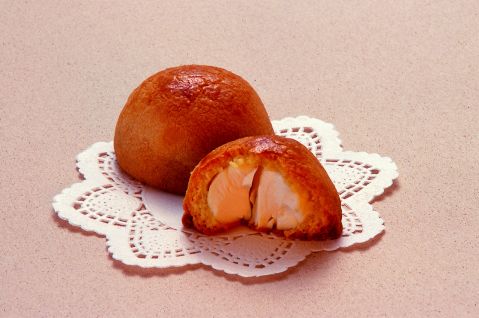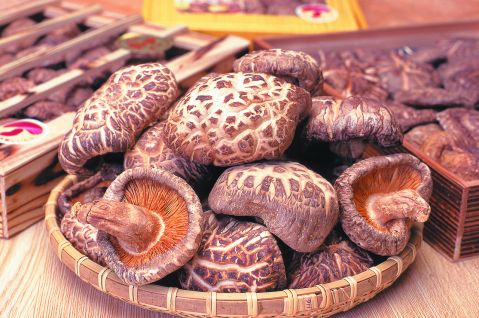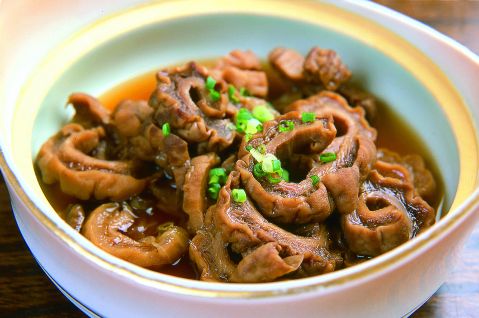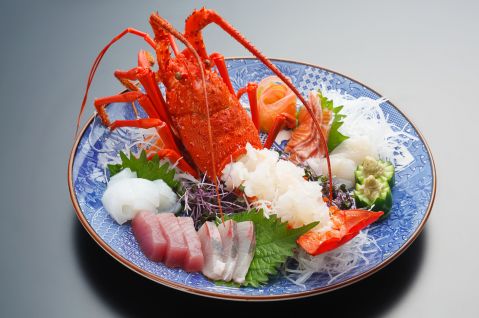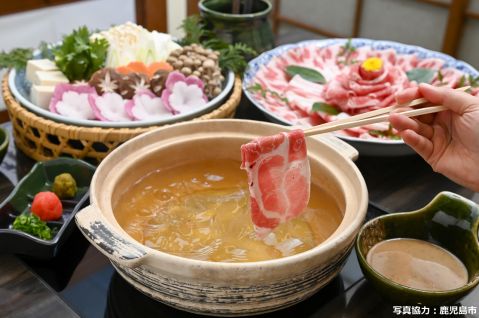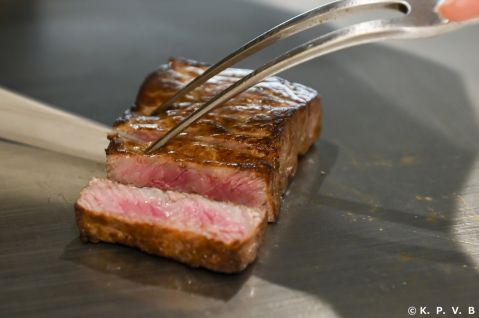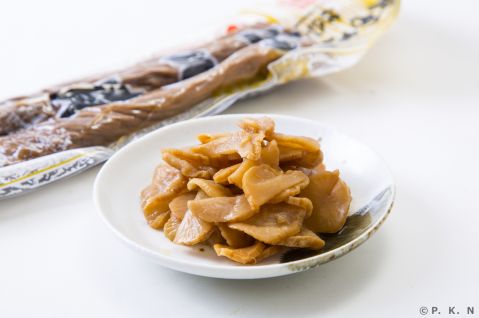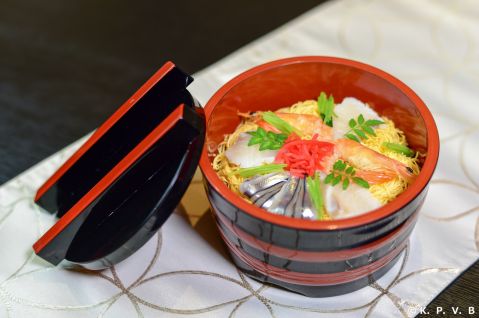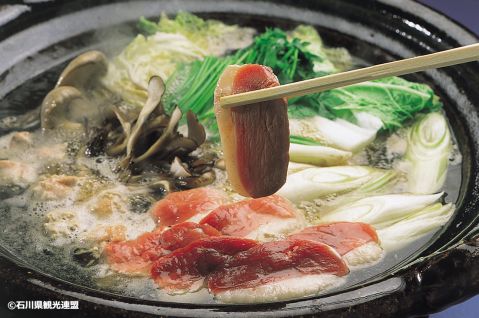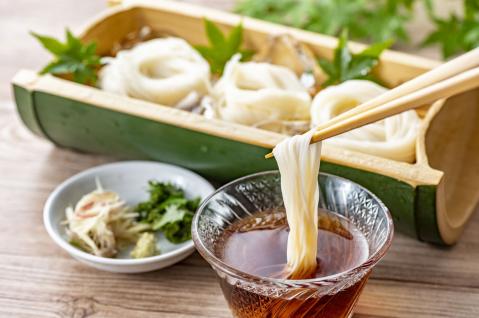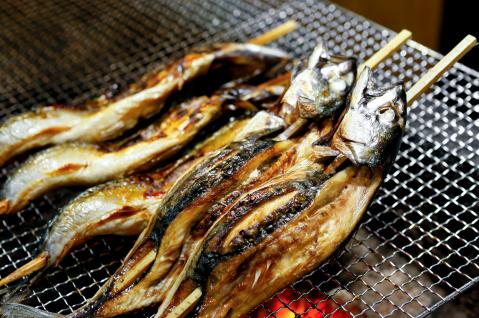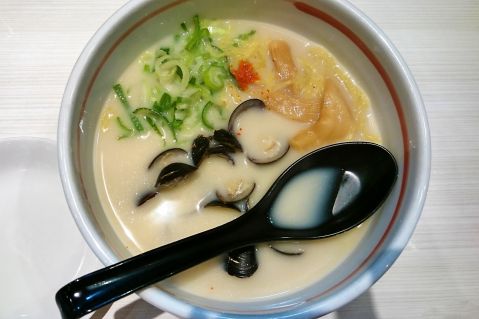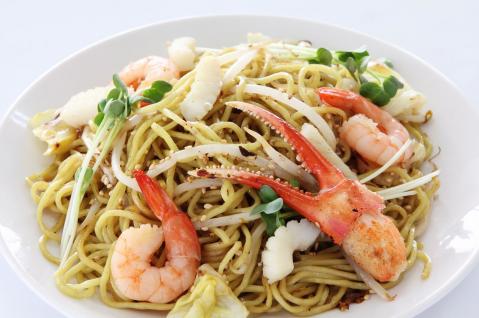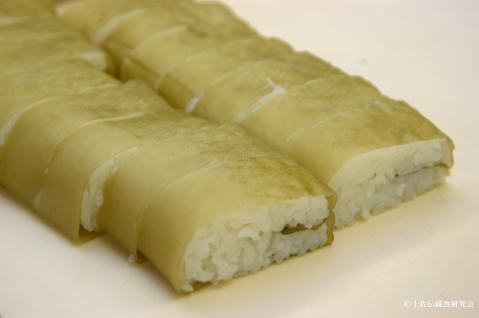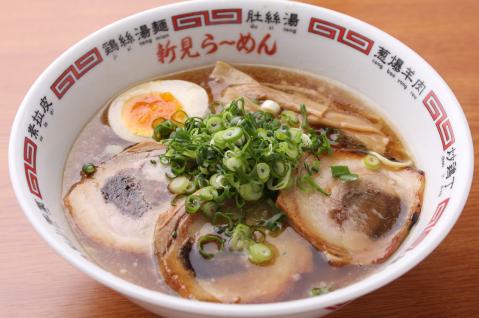Regional cuisine of Kyushu/Okinawa region
Cooking Classes in Japan
airKitchen allows travelers from all around the world to book and experience authentic cooking classes. Chose your best cooking class from 1000+ classes.
Miyazaki Katsuo Umikko-Bushi
Miyazaki Katsuo Umikko-Bushi (宮崎かつおうみっこ節) is a handcrafted delicacy produced by the Women's Fisheries Processing Group of the Nichinan City Fisheri...
Salt-Grilled Ayu
Salt-Grilled Ayu (鮎の塩焼き, Ayu no Shioyaki) showcases the delicate flavors of ayu, or sweetfish, prized for its lifecycle intertwined with nature. In t...
Asahi Crab
Asahi Crab (旭ガニ, Asahi gani) is a specialty of Miyazaki Prefecture. Its peak season typically falls in early summer and autumn, with the crabs caught arou...
Lettuce Roll
The Lettuce Roll (レタス巻き, Retasu maki) originated in 1966 at the renowned sushi restaurant "Ippei" in Miyazaki City. It was created by the founder, Shoji...
Himuka Premium Mackerel
Himuka Premium Mackerel (ひむか本サバ, Himuka hon-saba) is a certified seafood brand from Miyazaki Prefecture. Carefully cultivated in the northeast regio...
Chirimen (Dried Young Anchovies)
Chirimen (ちりめん) are dried young anchovies, prized for their delicate texture and rich flavor. Off the coast of Miyazaki Prefecture, the Hyuganada Sea exp...
Cheese Manju
Cheese Manju (チーズ饅頭, Cheese manju) is a delightful baked treat typically made with cookie-like dough filled with cream cheese. This unique Japanese swee...
Natural Log-Grown Shiitake Mushrooms
Miyazaki Prefecture is blessed with ideal conditions for producing natural log-grown shiitake mushrooms (原木しいたけ). These include abundant kunugi oak tre...
Gonguri-ni
Gonguri-ni (ごんぐり煮) is a traditional home-style dish from Nichinan City, Miyazaki Prefecture, where fishing is a thriving industry. The term "gonguri" re...
Uiro
Uiro (ういろう, Uiro) has its origins in the late 19th century, around 1877 (Meiji 10). It is said to have been first sold by Sato Suzuki (1849–1922), a loca...
Ise Lobster
The Ise Lobster (伊勢海老, Ise ebi) harvested in Miyazaki thrives in the rough waves of the Hyuganada Sea, enriched by the warm Kuroshio Current. As a result...
Kurobuta Tonkatsu
Kurobuta Tonkatsu (黒豚とんかつ, Kurobuta tonkatsu) showcases the rich heritage of Kagoshima’s prized Kurobuta pork, a breed with a history spanning 400 year...
Kurobuta Shabu-Shabu
Kurobuta Shabu-Shabu (黒豚しゃぶしゃぶ) is a traditional dish from Kagoshima Prefecture, featuring thinly sliced "Kagoshima Kurobuta" pork, a renowned local ...
Kagoshima Kuroge Wagyu
Kagoshima Kuroge Wagyu (鹿児島黒牛) is a prestigious brand of beef renowned for its fine, tender texture and beautifully marbled fat, known as unsaturated fa...
Yamakawa Pickles
Yamakawa Pickles (山川漬け, Yamakawa-zuke) hail from the Yamakawa region in Ibusuki City, Kagoshima Prefecture. Located at the southern tip of the Satsuma Pe...
Sake Zushi
Sake Zushi (酒ずし, Sake zushi) is said to have originated during the Edo period when Shimazu Yoshihiro, the feudal lord of the time, hosted a cherry blossom...

